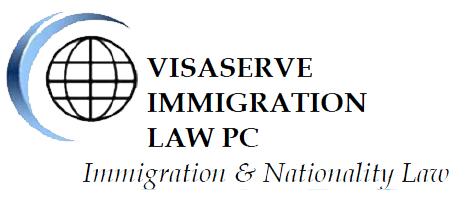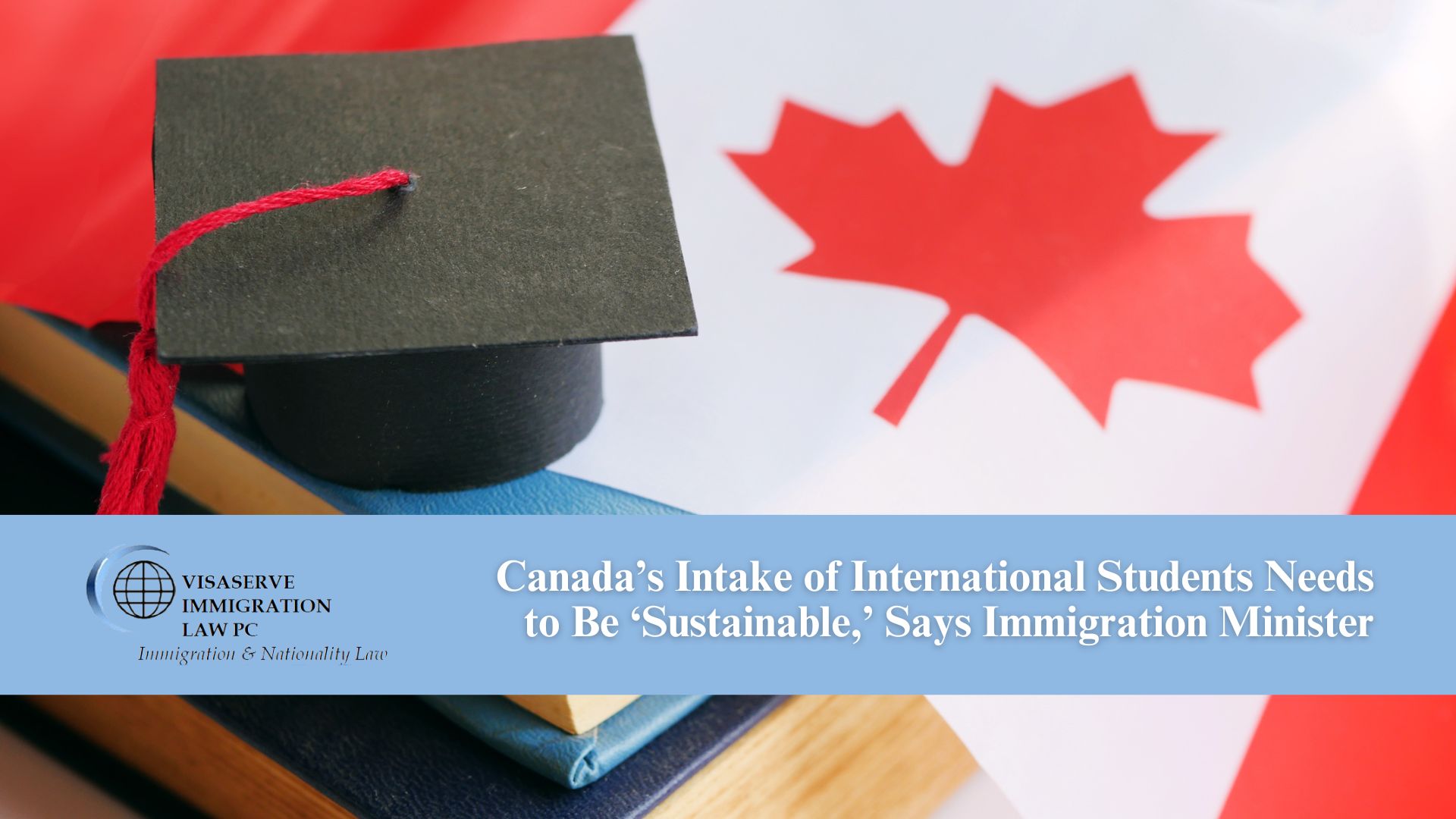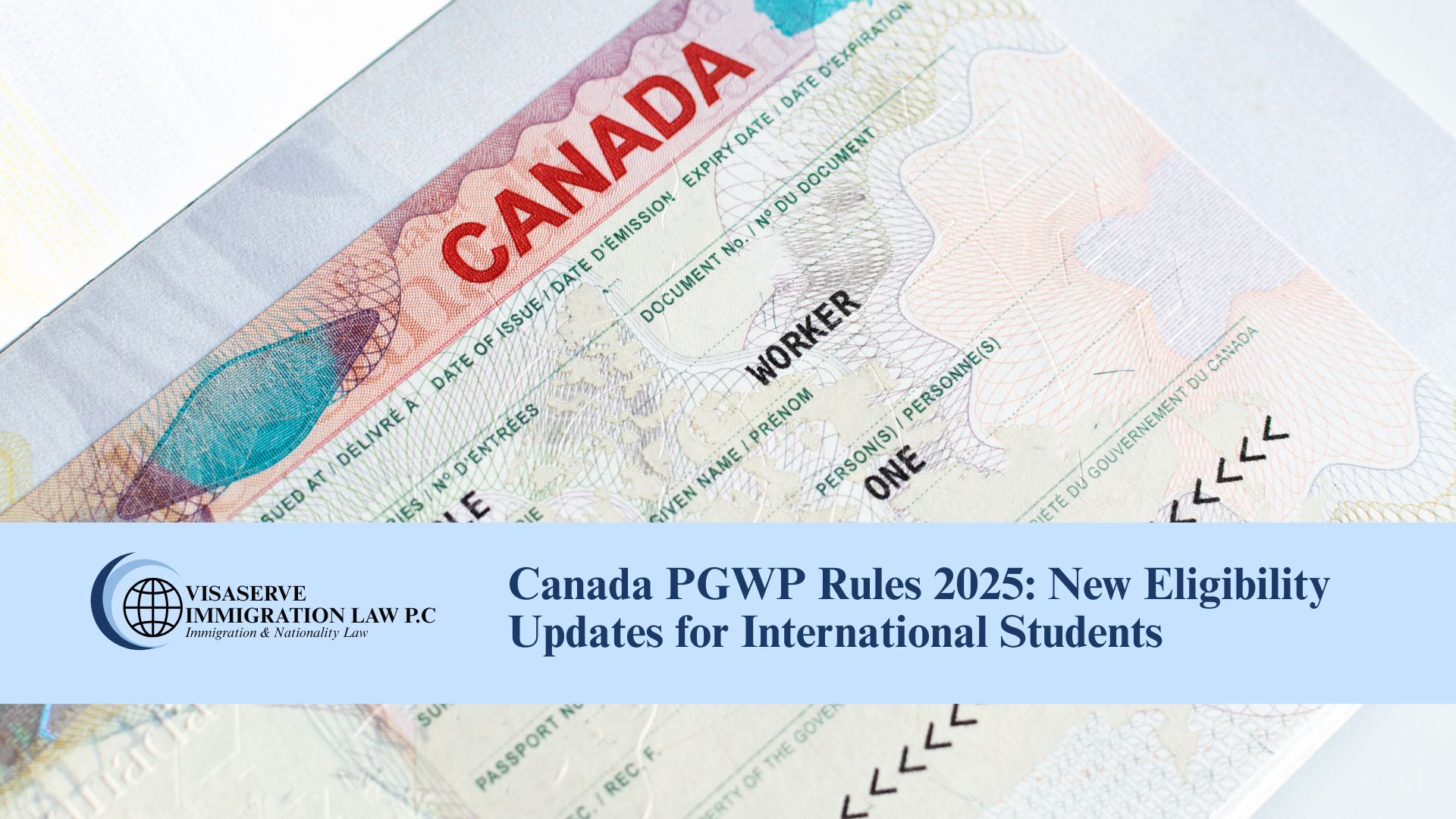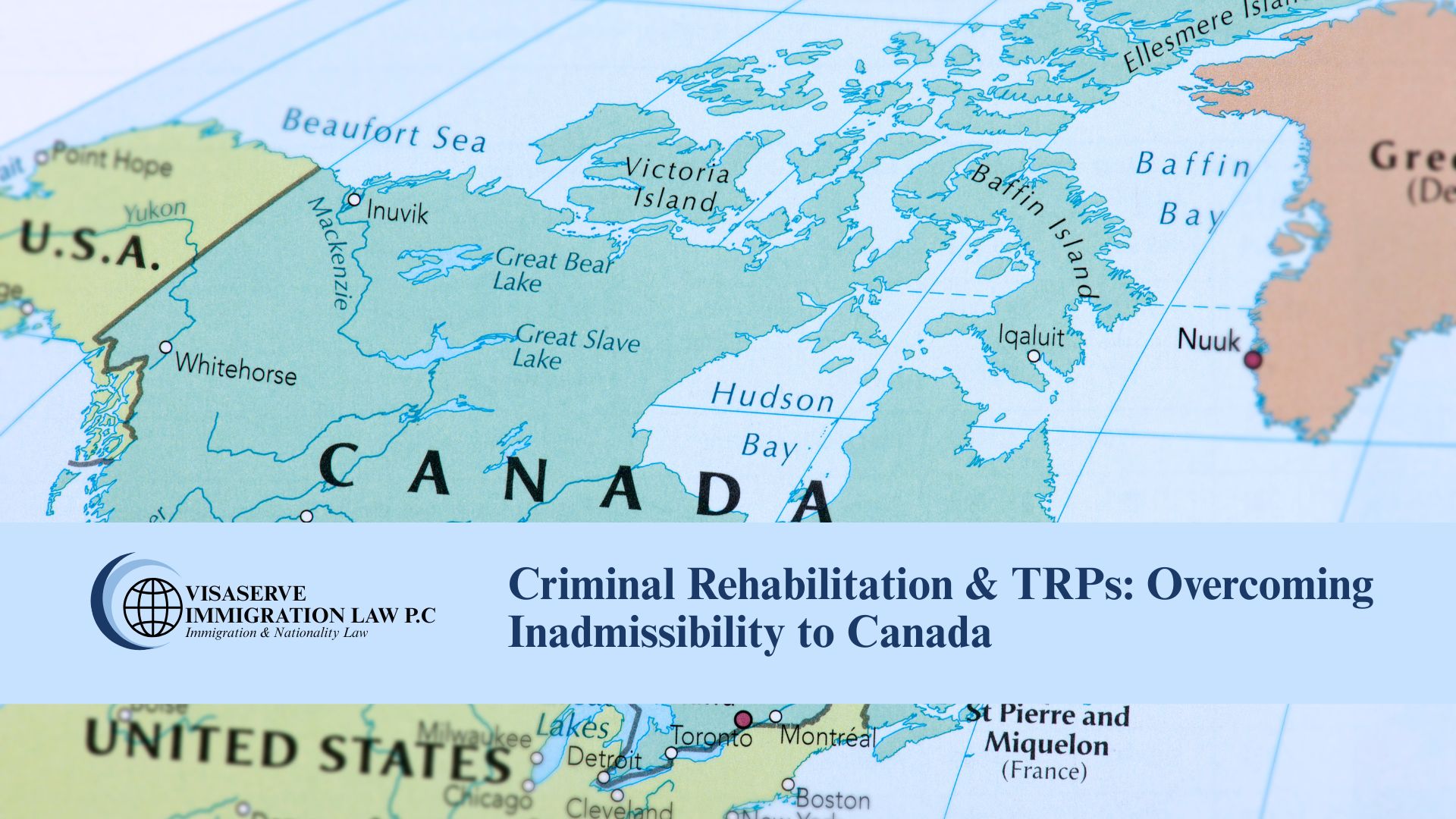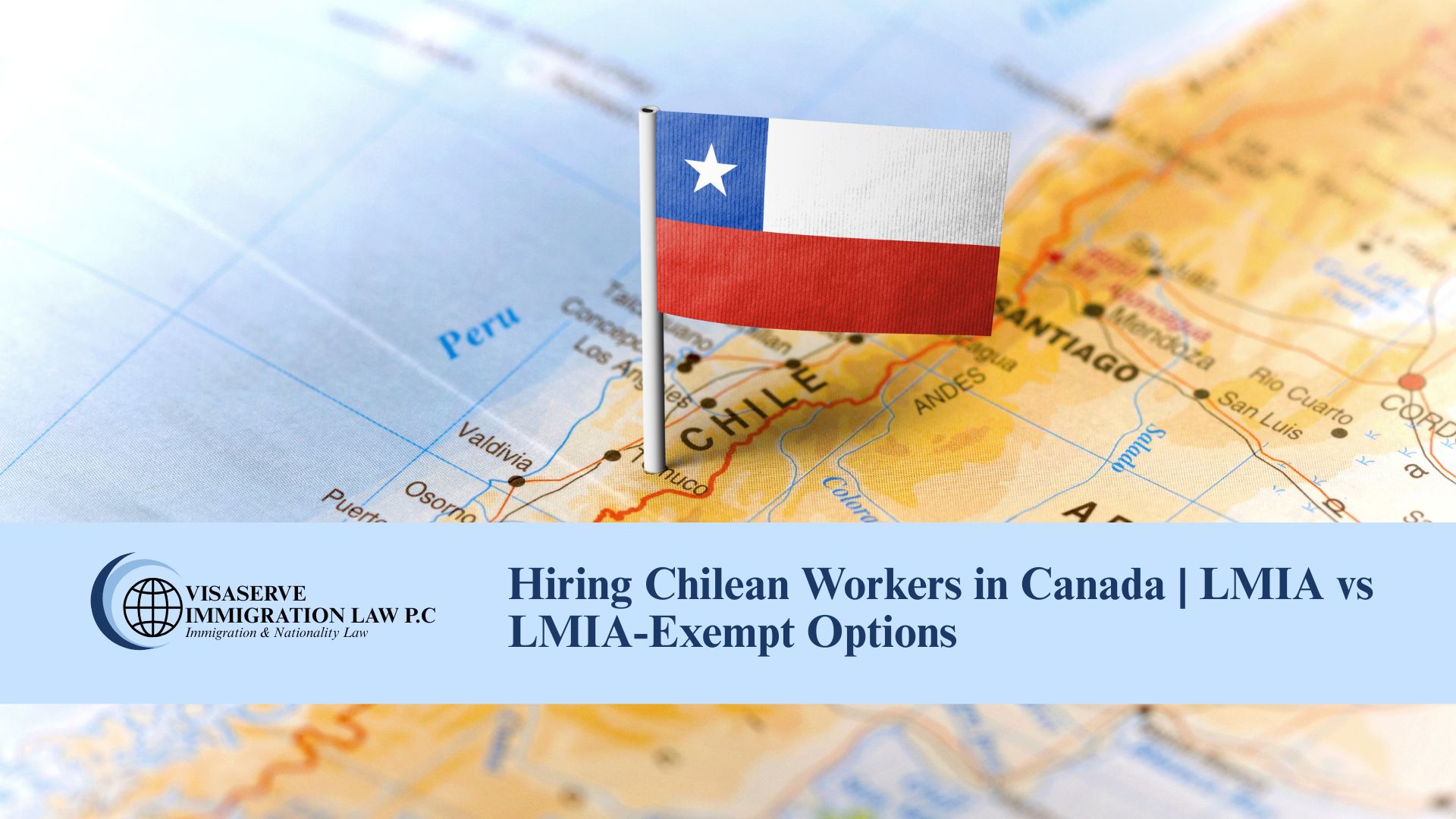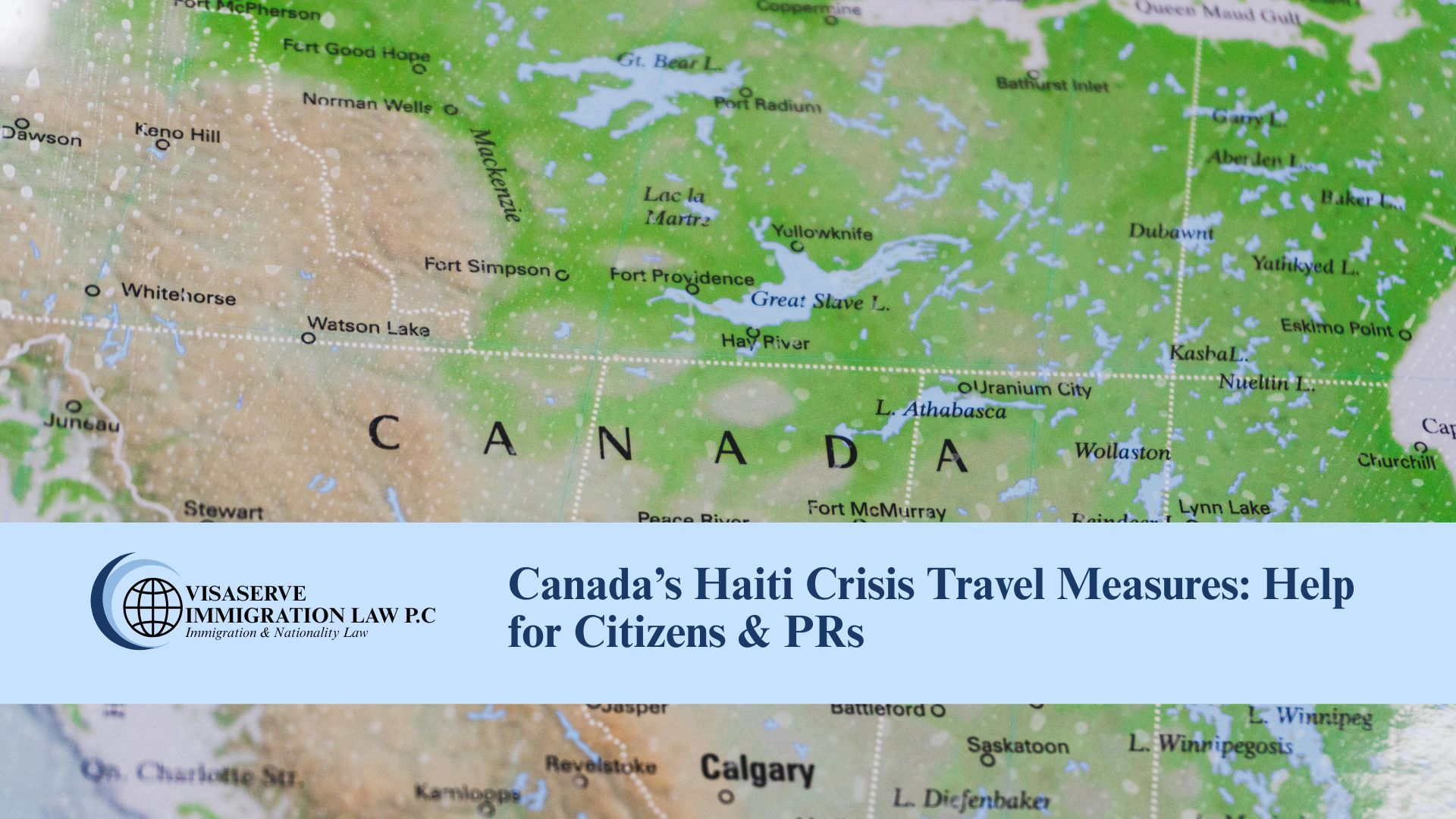In a significant policy shift announced in the 2025 Speech from the Throne, the Government of Canada will limit the total number of temporary foreign workers and international students to less than 5% of Canada’s population by 2027. This move, driven by the need to address national infrastructure strains and housing challenges, represents a recalibration of Canada’s immigration priorities while still aiming to attract top global talent.
Why the Cap Is Being Introduced
Over the past few years, especially in the post-COVID period, Canada experienced a surge in arrivals across all immigration categories—international students, temporary workers, protected persons, and visitors. This rapid growth placed unprecedented pressure on housing, social services, and educational institutions.
To stabilize the system and ensure long-term sustainability, the government introduced a multi-year immigration levels plan that reduces both temporary and permanent resident admissions. The cap is not meant to discourage immigration but to balance economic growth with Canada’s current capacity.
What Changes Have Already Been Implemented
The cap is part of a broader set of measures that have already begun reshaping the international student program:
-
Visa restrictions: Fewer study permits are being approved to align with new national targets.
-
Proof of financial stability: International students must now show increased funds for cost of living.
-
Closure of the Student Direct Stream (SDS): The SDS, which fast-tracked eligible applications, was discontinued to mitigate fraud and restore integrity in the system.
These measures were prompted by growing concerns over student exploitation—ranging from fraudulent admission processes to inadequate housing conditions and misrepresentation in job placements.
The Human and Economic Dimension
While the cap may seem restrictive, the federal government maintains that Canada remains open and welcoming to qualified students and workers. Immigration Minister Marc Miller and his predecessor both emphasized that the system must protect genuine applicants and ensure that their experience in Canada is secure, productive, and fair.
For provinces like Nova Scotia, where international students significantly support local economies and institutions, the federal government plans to continue engaging with universities, municipalities, and business leaders to ensure that the student population aligns with both economic and human priorities.
What Canada International Students Should Know
If you’re planning to study in Canada:
-
Plan ahead: Start your application process early and ensure all documentation is authentic and complete.
-
Check updated financial requirements on the official IRCC website.
-
Stay informed about new caps and quotas, especially those aligned with Canada’s population-based model through 2027.
-
Choose a Designated Learning Institution (DLI) with a solid track record and adequate student support systems.
Looking Forward: A “Brain Gain” Opportunity
Although the cap introduces stricter controls, Canada continues to position itself as a destination for global talent—particularly in sectors like engineering, artificial intelligence, and advanced research. The IRCC has reaffirmed its commitment to high-skilled migration and innovation-driven education pathways.
As the U.S. sees shifts in international student policy, Canada may still remain a favorable alternative—provided applicants can meet the new standards and plan strategically.
At Visaserve Immigration Law P.C., we assist international students, foreign workers, and investors in navigating Canada’s evolving immigration landscape. Whether you’re applying under current rules or preparing for future changes, our team is here to help.
📞 Contact us today for a personalized consultation.
